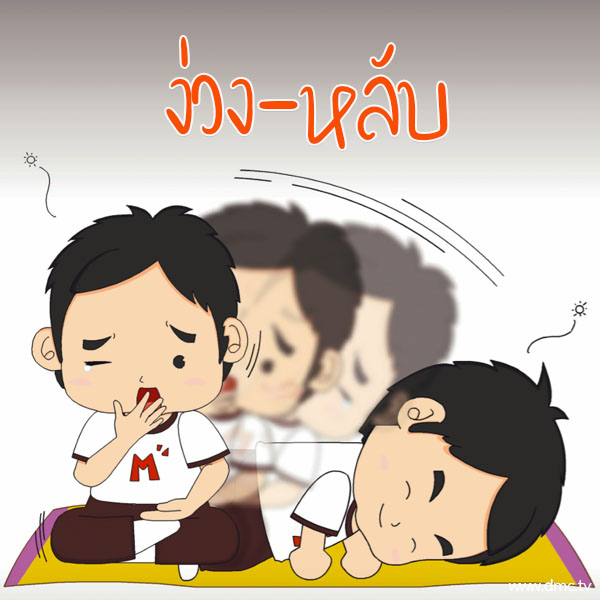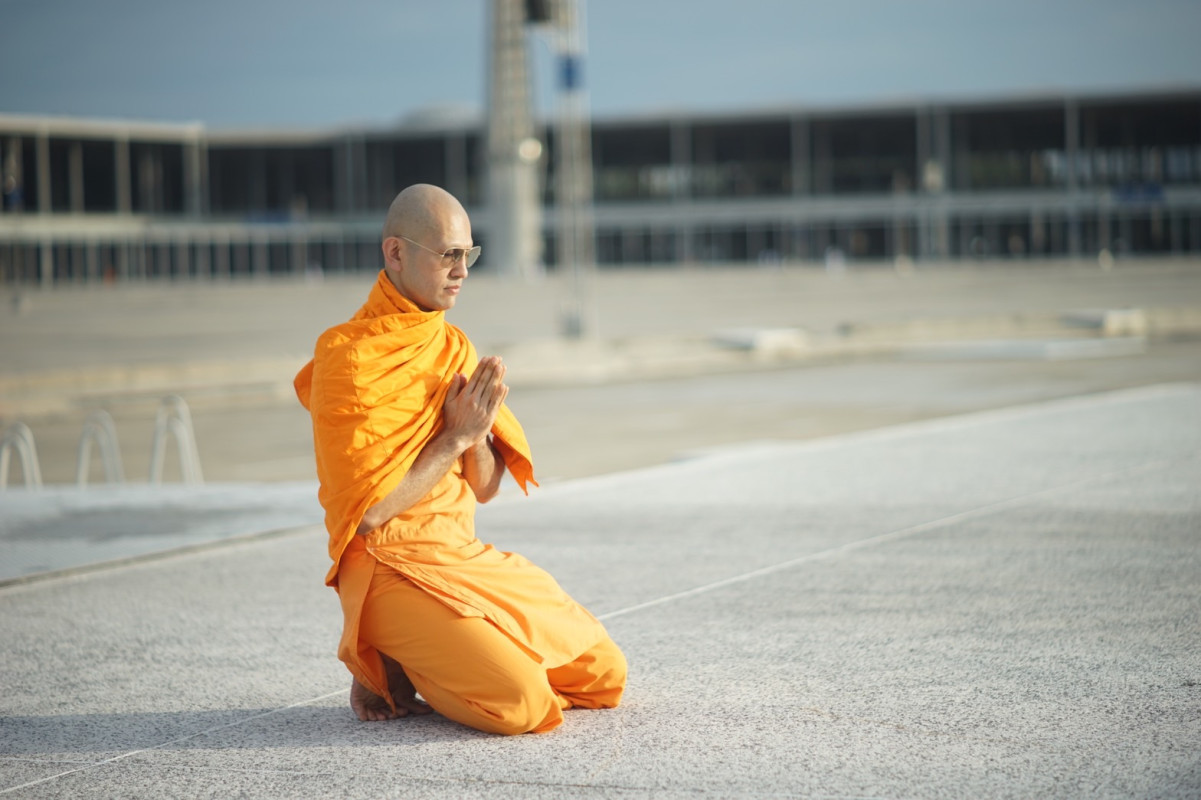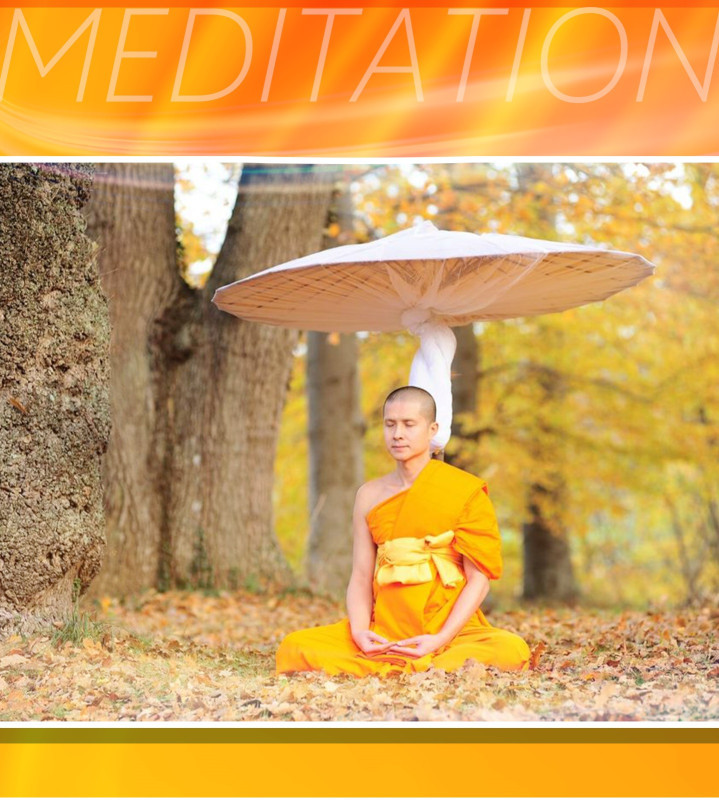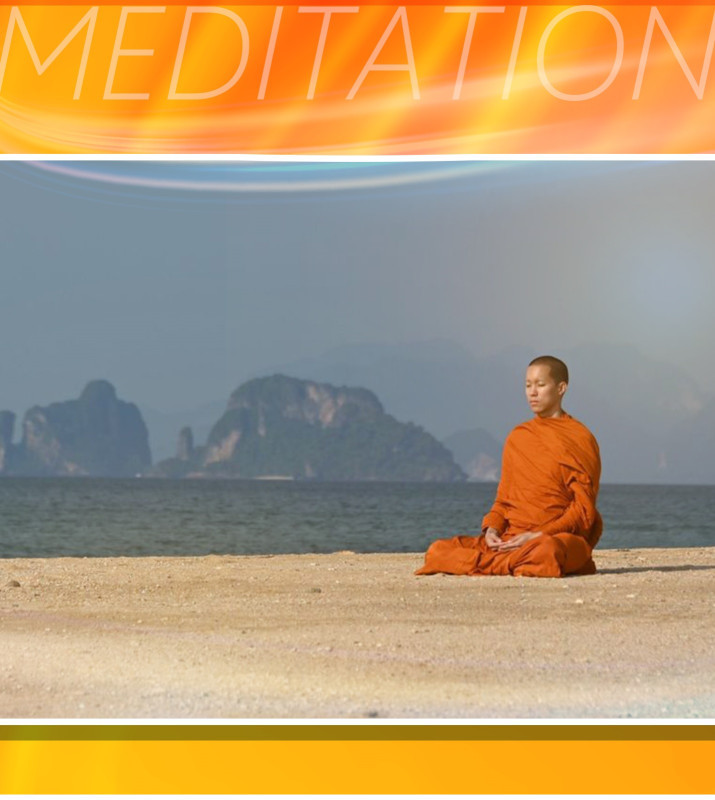Obstacles and Remedies: Drowsiness & Sleepiness
Obstacles and Solutions in the Practice of Dhamma,
from the Experience of the Group of Monks in the Meditation Practice Team
Symptoms
The body feels exhausted and fatigued, causing one to fall asleep while sitting, to sway back and forth, to feel dizzy or drowsy, with a strong desire to sleep. Frequent yawning, eyes drifting, unable to keep the eyes open, head drooping, heavy breathing, snoring — all leading to the inability to maintain mindfulness at all times.
Causes
Insufficient rest, leading to weakened mindfulness.
Lack of exercise, or excessive exercise, or staying too long in a herbal steam bath.
Illness — the body is weak and in need of rest, or there may be chronic conditions.
Overeating, or not chewing food thoroughly, causing the stomach to work hard, resulting in indigestion. Or eating food that is unsuitable for oneself.
Improper sitting posture, such as leaning against a wall, hugging the cushion, or sitting in a posture that is too relaxed — letting the mind drift off and become drowsy until it forms a habit. Excessive wandering thoughts causing mindfulness to lapse, resulting in dozing off. Not maintaining mindfulness, or not visualizing any meditation object (nimitta) at all. Too much mental wandering, or placing the mind too lightly until mindfulness is lost.
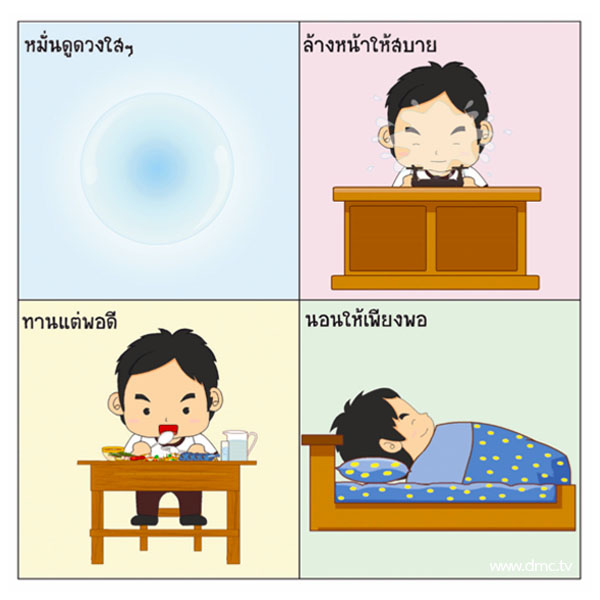
Methods of Correction
Get enough rest so that the body has strength and feels refreshed. Sitting in nesajja (meditation without lying down) while the body and mind are not yet ready often causes the mind to drift and fall asleep, and creates fatigue during the day. Proper rest will help you meditate better during the regular sessions.
Exercise moderately, not excessively, as overexertion will cause the body to become fatigued. You should maintain your health by stretching or practicing yoga regularly, and use herbal steam in moderation.
If feeling unwell, promptly take care of your health and recover quickly. Do not take it lightly. If necessary, consult a doctor.
Eat in moderation — only as much as is appropriate. Choose healthy and easy-to-digest foods. Avoid foods that are difficult to digest and chew food thoroughly.
While meditating, maintain good mindfulness — do not accidentally fall asleep. Visualize a meditation object (nimitta) at the center of the body. Visualize light. Place the mind gently and comfortably. Find a suitable balance for yourself. Slightly increase mindfulness by taking a deep breath — inhaling fully — or gently move your body a little to awaken from drowsiness.
If still drowsy, open your eyes, squeeze your muscles gently, and then slowly close your eyes to resume meditation.
If the drowsiness persists, get up to drink water, wash your face and eyes to refresh yourself, and then return to sit again. Or allow yourself to sleep first — and once you feel refreshed, begin again in a relaxed manner.
Sit in a standard posture — keep the body upright and comfortable, with the back supported by air (not leaning). Do not crouch on the floor. Do not lean against the wall, as it may cause excessive comfort and lead to sleep.
Father's Teaching
We must observe whether our drowsiness is due to a lack of rest or excessive fatigue.If it’s from lack of rest, then we should just allow ourselves to sleep first.But if the cause is the mind — meaning we’ve had enough rest and are not really tired — then we must change our posture or visualize a nimitta of light, such as imagining the sun at the center of the abdomen and keep observing it so the eyes will feel bright.Then bring mindfulness back and overcome the drowsiness.
The Fundamental Method
is to stop, be still, light, and comfortable,
and to experience increasing happiness,
as if learning without gravity,
without pressure,
like sitting in outer space.
27 May 2008
From the Dhamma book: “Easy to Begin… Possible to Practice,
Possible… and Truly Practiced”
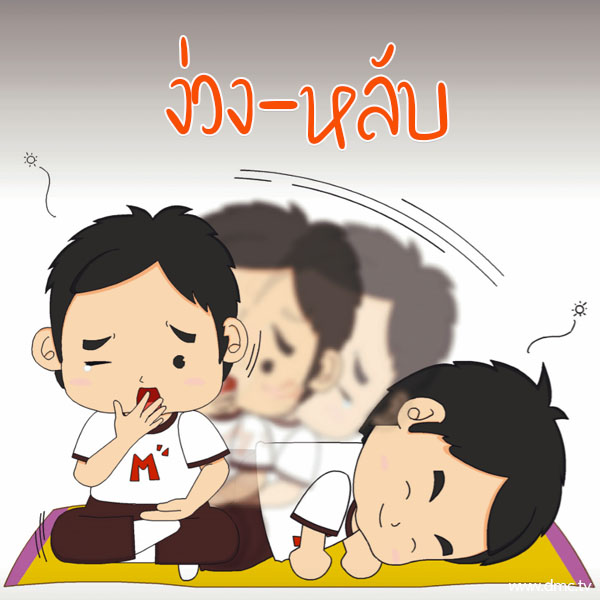

 English
English
 ภาษาไทย
ภาษาไทย

